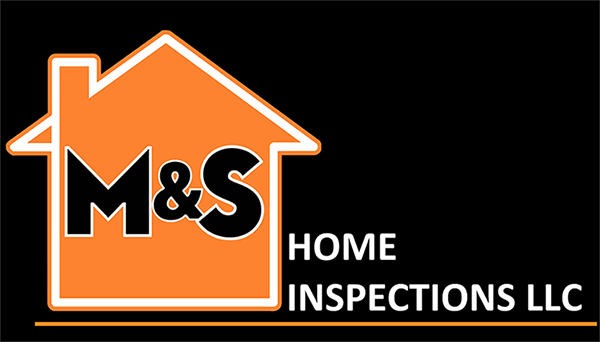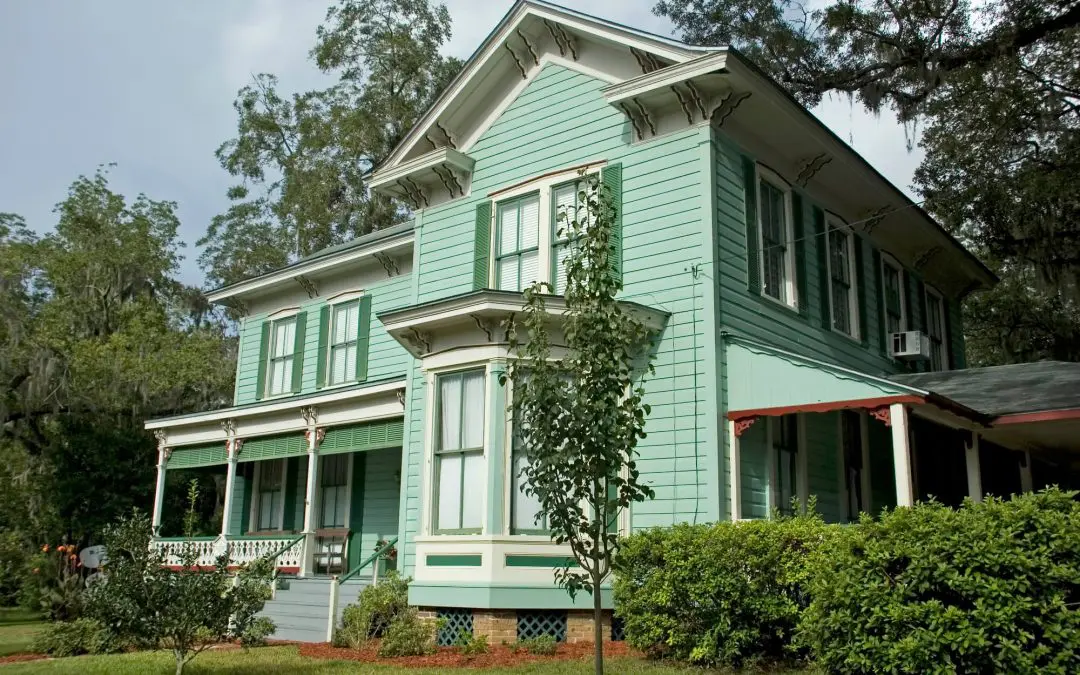Older homes are full of charm, character, and history. From intricate woodwork to classic architectural details, they often offer a unique aesthetic that newer properties lack. However, with age comes potential challenges. Recognizing common concerns in older homes will help homeowners protect their investment, enhance safety, and plan for maintenance before minor issues turn into costly problems.
Structural Issues: What to Watch For
One of the most significant common concerns in older homes is structural integrity. Over time, the foundation may shift, settle, or crack, leading to uneven floors, misaligned doors, or wall fissures. While some cosmetic cracks may be harmless, others indicate deeper foundation issues that require professional attention. Roofs in older homes could also present problems, including leaks, worn shingles, or outdated materials that may not meet current building codes. Awareness of these structural concerns early allows homeowners to prioritize repairs or upgrades, avoiding expensive surprises.
Electrical Safety and Common Concerns in Older Homes
Electrical issues rank high among common concerns in older homes. Homes built decades ago often have wiring that does not meet modern safety standards or may not support today’s energy demands. Knob-and-tube or aluminum wiring, common in homes built before the 1970s, could be a fire hazard if left unaddressed. Similarly, outdated breaker panels and insufficient outlets may struggle with modern appliances, potentially causing overloaded circuits. Updating electrical systems is a crucial safety measure for older properties.
Plumbing and Water Concerns
Plumbing in older homes often requires careful attention. Galvanized pipes, common in homes built before the 1960s, are prone to corrosion and may lead to low water pressure, leaks, or even pipe failure. Lead pipes, which were widely used in homes built before the 1980s, could pose serious health risks. Lead can leach into drinking water over time, affecting nearly every system in the body and posing particular risks to children and pregnant women. Identifying and replacing lead pipes is an important step in safeguarding your family’s health and meeting modern safety standards. Water heaters may also be past their expected lifespan, and fixtures could be prone to leaks or inefficiency. Homeowners who recognize these plumbing concerns early will prevent damage, reduce water bills, and protect their household from health hazards.
HVAC and Energy Efficiency Challenges
Heating, ventilation, and air conditioning systems in older homes may be outdated or inefficient. Older furnaces, boilers, or air conditioning units often consume more energy and may break down more frequently. Additionally, insulation and windows may not meet modern standards, leading to drafts, temperature fluctuations, and higher utility costs. Addressing HVAC and energy efficiency concerns will significantly improve comfort and save money while reducing the environmental footprint of an older home.
Moisture, Mold, and Other Common Concerns in Older Homes
Moisture intrusion is another common concern in older homes, particularly in basements, attics, or around older windows and roofs. Water damage could compromise structural integrity, promote wood rot, and encourage mold growth. Mold not only damages building materials but also affects indoor air quality and could cause health problems. Regularly identifying leaks, maintaining drainage, and ensuring ventilation helps prevent moisture-related problems.
Pests and Termite Damage
Older homes are sometimes more susceptible to pest infestations, including termites, carpenter ants, and rodents. Termite damage weakens wood framing, while rodents and other pests could create health hazards and damage insulation or wiring. Regular inspections and preventative treatments are crucial to addressing this common concern in older homes and preserving both safety and property value.
Planning Maintenance Around Common Concerns in Older Homes
Understanding common concerns in older homes allows homeowners to create proactive maintenance plans. From updating electrical and plumbing systems to addressing structural repairs and energy efficiency upgrades, Ssaying ahead of potential problems helps ensure the longevity and safety of the property. Moreover, careful renovations that respect the home’s character will enhance value while resolving age-related challenges.
FAQs
How can I tell if my home has foundation issues?
Look for uneven floors, doors or windows that stick, wall cracks, or gaps between walls and floors. A professional inspection could confirm the extent of any problems.
Are all electrical systems in older homes unsafe?
Not necessarily, but outdated wiring, panels, or insufficient circuits may pose risks.
How do I know if my plumbing is a concern?
Signs include low water pressure, discolored water, leaks, or corrosion in pipes.
Can I prevent mold in an older home?
Yes. Ensuring proper ventilation, fixing leaks promptly, and maintaining roof and basement integrity will greatly reduce the risk of mold growth.
How often should older homes be inspected for pests or termites?
Annual inspections are recommended, especially in regions prone to termites or other wood-damaging pests. Early detection will prevent serious damage.
M&S Home Inspections offers home inspection services to homeowners in Eastern North Carolina. Contact us to schedule our services today.

